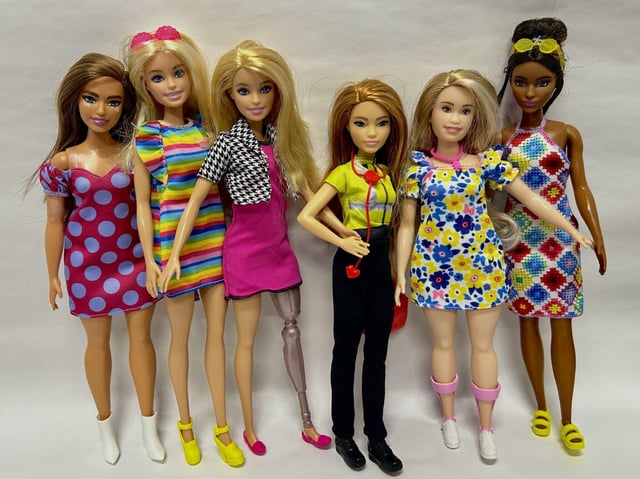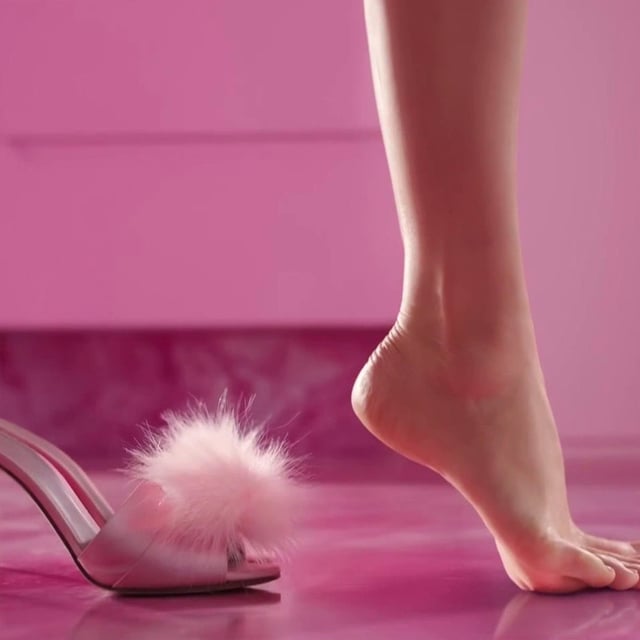Overview
- The study analyzed 2,750 Barbies manufactured from 1959 to mid-2024, revealing a rise in flat-footed models from 0% in the 1960s to 60% by 2024.
- Barbies with flat feet are strongly associated with professional roles, while fashion-oriented dolls predominantly retain high-heeled, tip-toed feet.
- Diversity in Barbie dolls has significantly increased, with non-white representation growing from 5% in the 1960s to 46% by 2024, alongside greater inclusion of dolls with disabilities.
- Mattel confirmed deliberate design changes over the past decade to reflect evolving societal norms, including expanded foot postures and reimagined footwear options.
- Researchers suggest high heels may not be inherently harmful in the long term, emphasizing that footwear choices are often task-driven and reflect personal autonomy.


